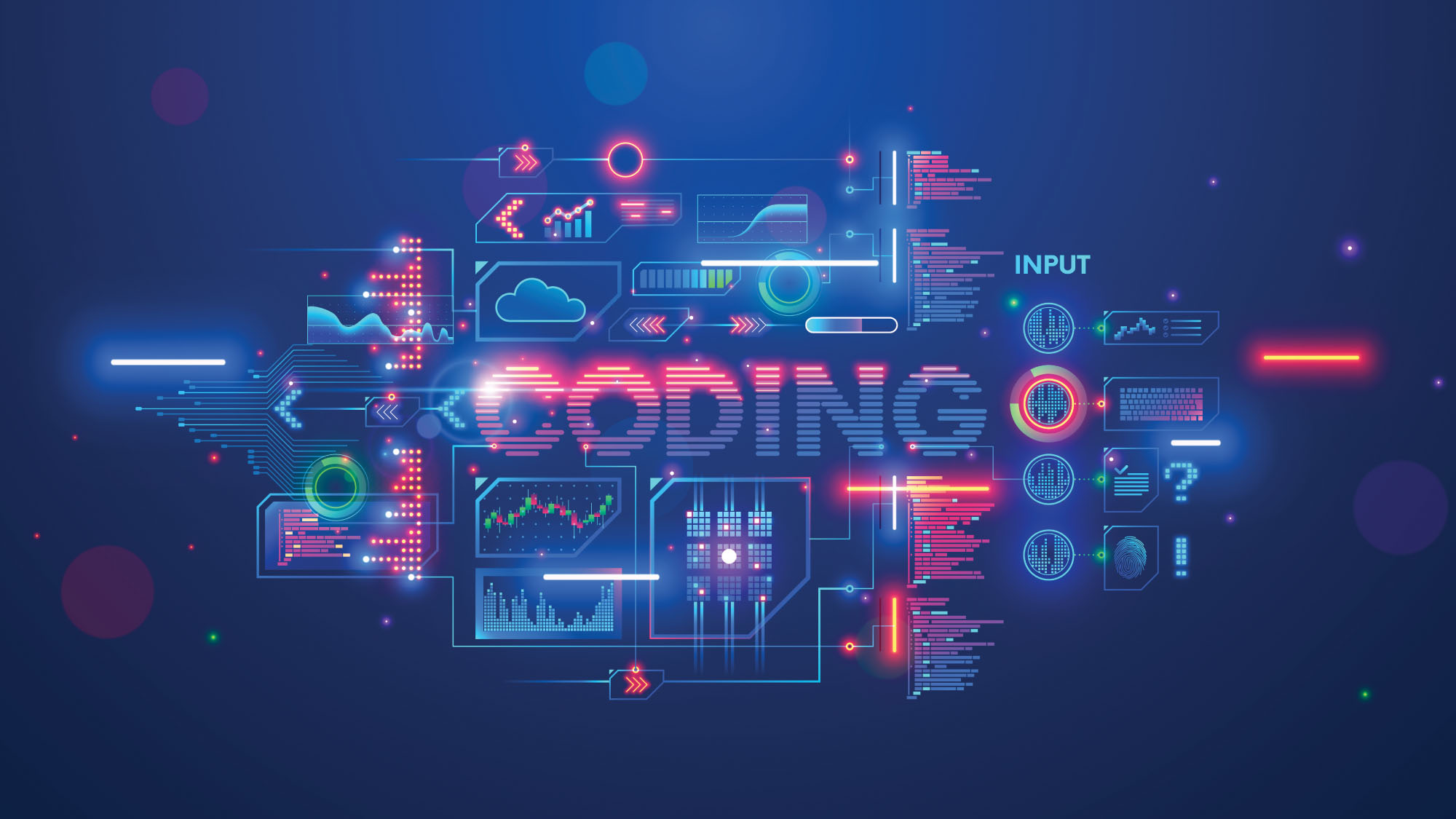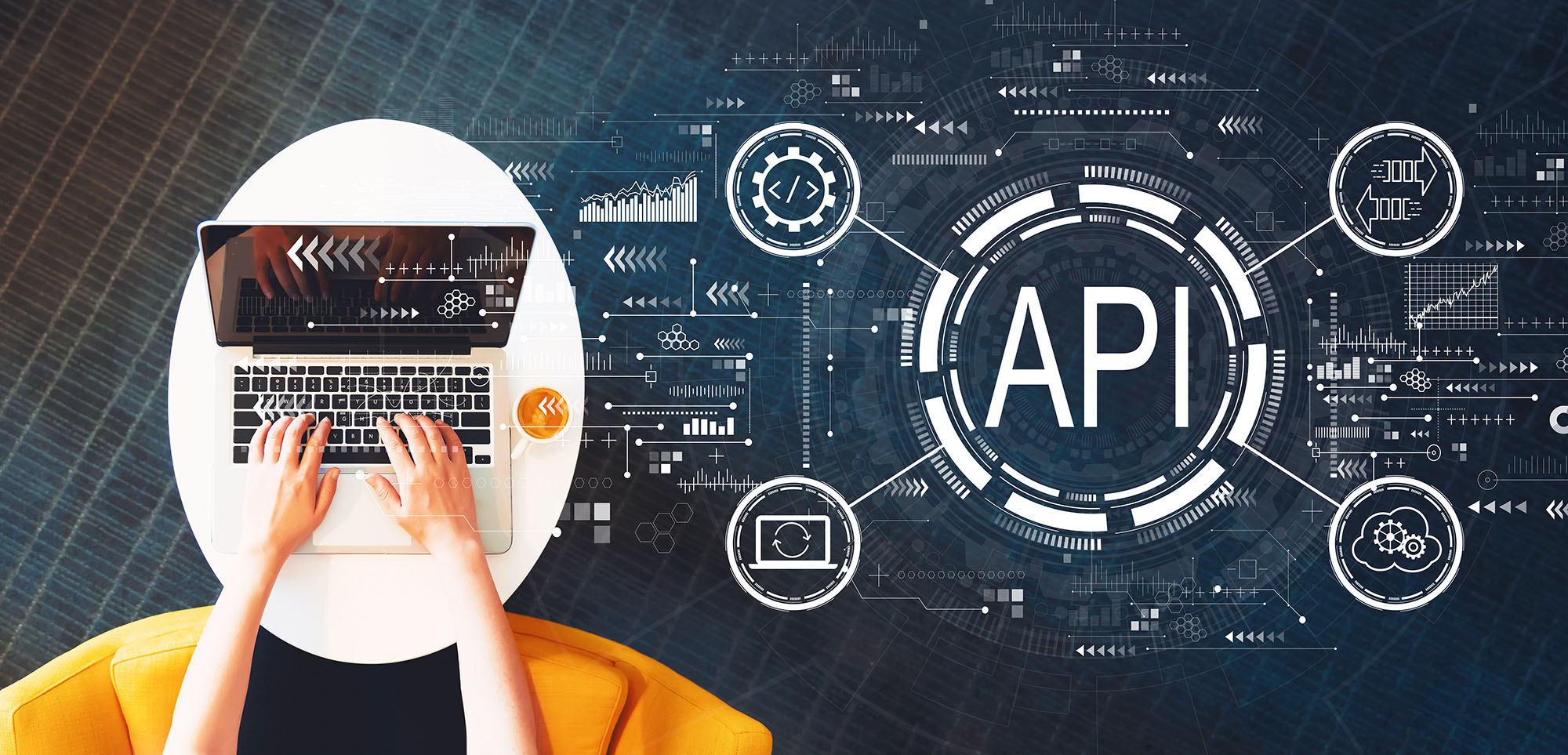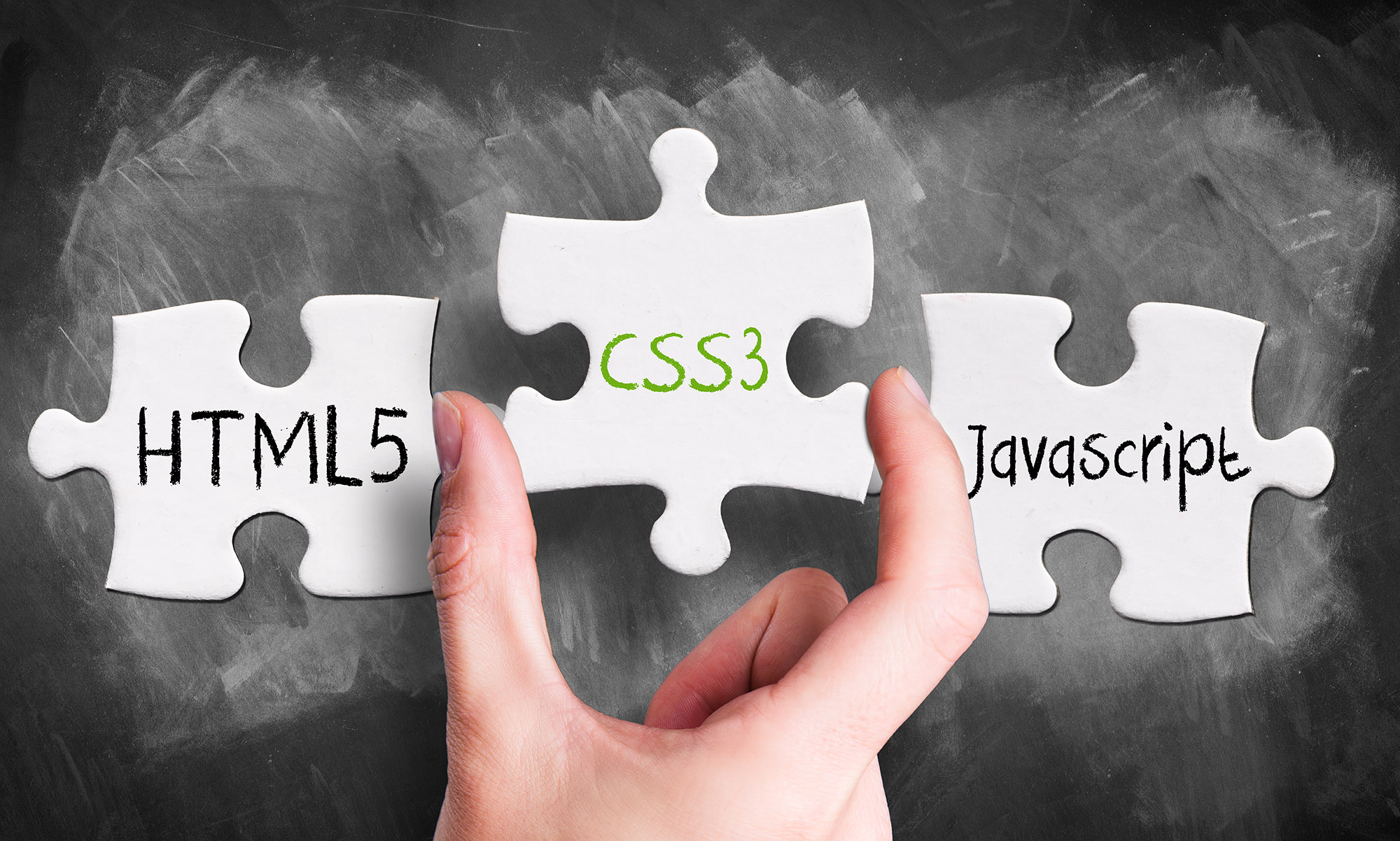
Introduction
After meticulous planning, the next step in API development is the actual construction. This chapter will provide an overview of the essential tools and programming languages commonly used in building APIs.
Choosing the Right Programming Language
The choice of programming language is crucial, as it affects your API’s performance, scalability, and ease of development. Some popular options include:
- Python: Known for its readability and wide range of frameworks like Django and Flask.
- Node.js: Offers excellent scalability and performance, particularly for I/O-bound operations.
- Java: A long-time favorite for enterprise applications, boasting robustness and scalability.
- Ruby: Known for its elegant syntax and the Ruby on Rails framework, which simplifies API development.
API Development Frameworks
Frameworks provide a structured foundation to build your API, often simplifying common tasks. Here are a few noteworthy ones:
- Express.js: A minimal and flexible Node.js framework that provides robust features for web and mobile applications.
- Django REST Framework: A powerful toolkit for building Web APIs in Python.
- Spring Boot: An extension of the Spring framework, tailored for Java, that simplifies the setup process.
API Testing Tools
Testing is a vital part of API development. Tools like Postman and Swagger allow for easy testing and documentation of your API.
- Postman: Offers a range of features like automated tests, data validation, and collaborative features for team-based projects.
- Swagger: Not only useful for testing but also for API documentation. It provides an interactive interface where users can execute API calls.
Authentication and Authorization Libraries
Security is paramount, and fortunately, there are libraries to help with this:
- OAuth: A common open standard for access delegation commonly used for access tokens.
- JWT (JSON Web Tokens): Compact and self-contained, ideal for transmitting information between parties.
Databases
Your API will likely need to interact with a database. Whether you choose a relational database like MySQL or PostgreSQL, or a NoSQL database like MongoDB, depends on your specific requirements.
Containerization and Orchestration
Containerization tools like Docker and orchestration systems like Kubernetes can make it easier to deploy and manage your API.
Conclusion
Building an API involves several components, from selecting the right programming language to picking appropriate frameworks, databases, and tools for testing and security. The landscape is rich with options, and your specific project requirements will guide your choices in building a robust, scalable, and secure API.








